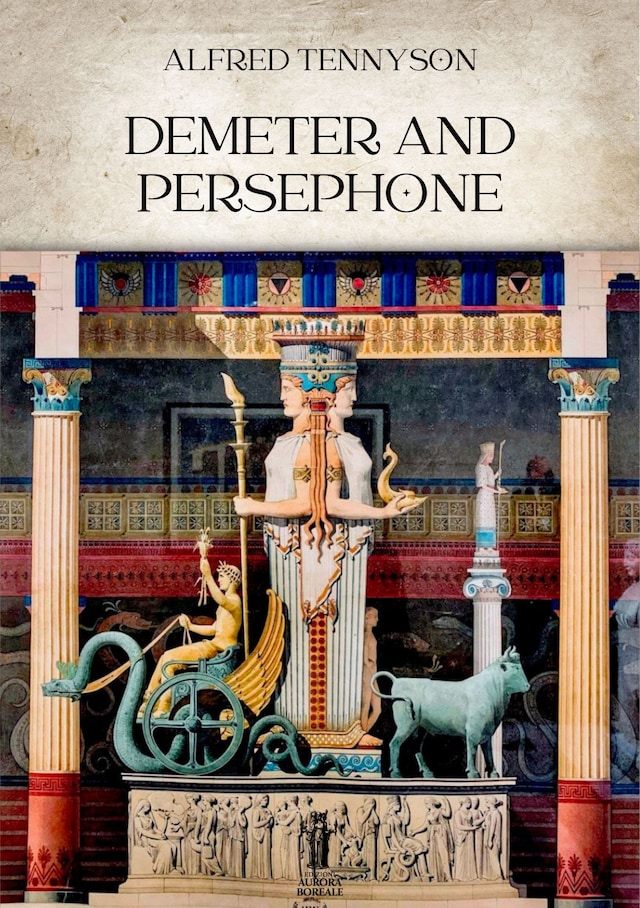
Demeter and Persephone
Om bogen
Alfred Tennyson (1809-1892) was one of the greatest English poets of all time, becoming the Poet Laureate during much of Queen Victoria’s reign. Tennyson’s early poetry, with its medievalism and powerful visual imagery, was a major influence on the Pre-Raphaelite Brotherhood. In 1848, Dante Gabriel Rossetti and William Holman Hunt made a list of “Immortals”, artistic heroes whom they admired, especially from literature, notably including Keats and Tennyson, whose work would form subjects for Pre-Raphaelite’s paintings.
Demeter and other poems was one of the last Tennyson’s poems collections. It was published in London in 1889, three years before the dead of the poet. It is a collection with an exquisitely mythological and pantheistic spirit. It includes masterpieces such as To Ulisses, Parnassus, The Ring, and the splendid poem Demeter and Persephone, which today we re-propose to modern readers. It focuses on the events and drama of the two Goddesses, the Mother and the Daughter: Demeter and Kore-Persephone, emblems of the Sacred Feminine, the Goddesses who brought to all humanity a message of redemption and hope of immortality, with the establishment of the Eleusinian Mysteries.
 Alfred Tennyson
Alfred Tennyson 13 Sider
13 Sider